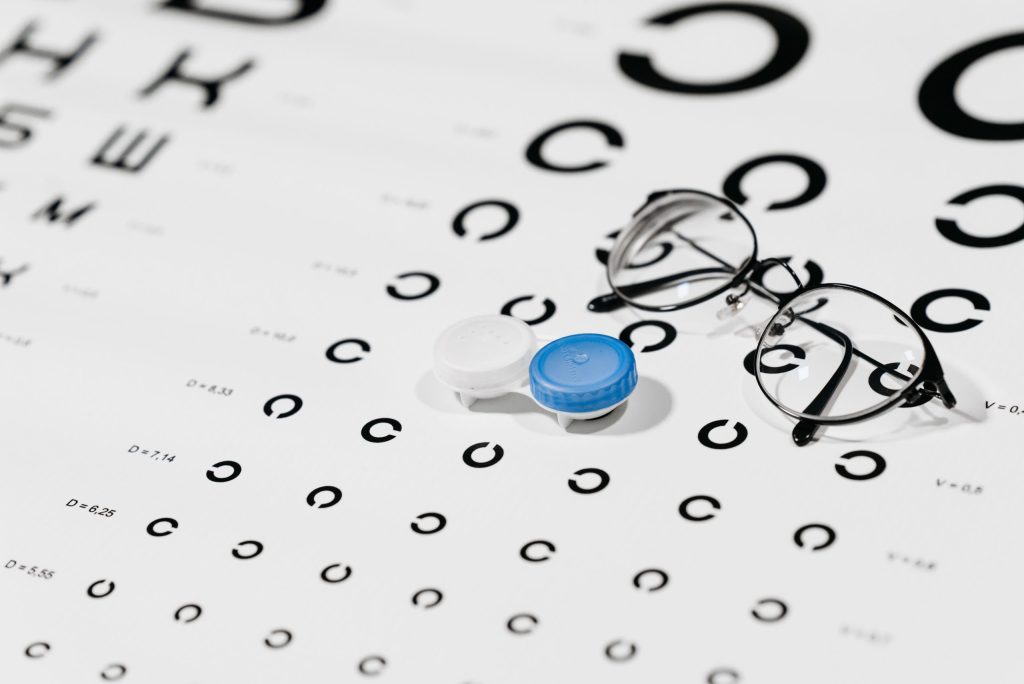The use of Display Screen Equipment (DSE) has become an integral part of many jobs in today’s digital age. However, prolonged use can lead to health issues, emphasising the importance of working safely with such equipment. The Health and Safety (Display Screen Equipment) Regulations in the UK provide clear guidelines for employers and employees alike, ensuring a safe and healthy work environment.
Important Note: This blog post offers a condensed overview of the guidelines for working safely with Display Screen Equipment. For the most comprehensive and updated information, it’s always best to refer directly to the original source at the Health and Safety Executive’s website
The Legal Framework and Who it Applies To
The Health and Safety (Display Screen Equipment) Regulations apply to workers who use DSE, such as PCs, laptops, tablets, and smartphones, daily for an hour or more continuously. These workers are described as ‘DSE users’. The regulations do not apply to workers who use DSE infrequently or for a short time.
Workstation Assessment: A Vital Step
If workers use DSE daily as part of their normal work, employers must conduct a workstation assessment. This assessment includes evaluating the entire workstation, including equipment, furniture, and work conditions, the job being done, and any special requirements of a staff member. Where risks are identified, steps must be taken to mitigate them.
You can find a copy of the Workstation Assessment template here

The Importance of Breaks in the Work Routine
The law mandates employers to plan work routines in such a way that there are breaks or changes of activity for DSE users. The frequency and duration of these breaks can depend on the nature of the work. However, it is generally better to take short breaks often, rather than longer ones less frequently. For instance, 5 to 10 minutes every hour is more beneficial than 20 minutes every two hours.
Eyes and Eyesight Testing
Prolonged DSE work does not cause permanent damage to eyes, but it can lead to tired eyes, discomfort, temporary short-sightedness, and headaches. Therefore, the law stipulates that employers must arrange an eye test for DSE users if they request one and provide glasses if needed specifically for DSE use.

Health and Safety Training for DSE Users
Employers must provide health and safety training for DSE users. This training should cover the risks involved in DSE work and how to avoid them through safe working practices. The training should include aspects like good posture, adjusting chairs and other furniture, arranging desk space, adjusting screens and lighting, taking breaks, and conducting risk assessments.
Conclusion
Safeguarding health while working with Display Screen Equipment is a shared responsibility between employers and employees. By adhering to regulations and best practices, we can ensure a safer and healthier digital workspace.
Sources:
Working safely with display screen equipment: Overview – HSE
